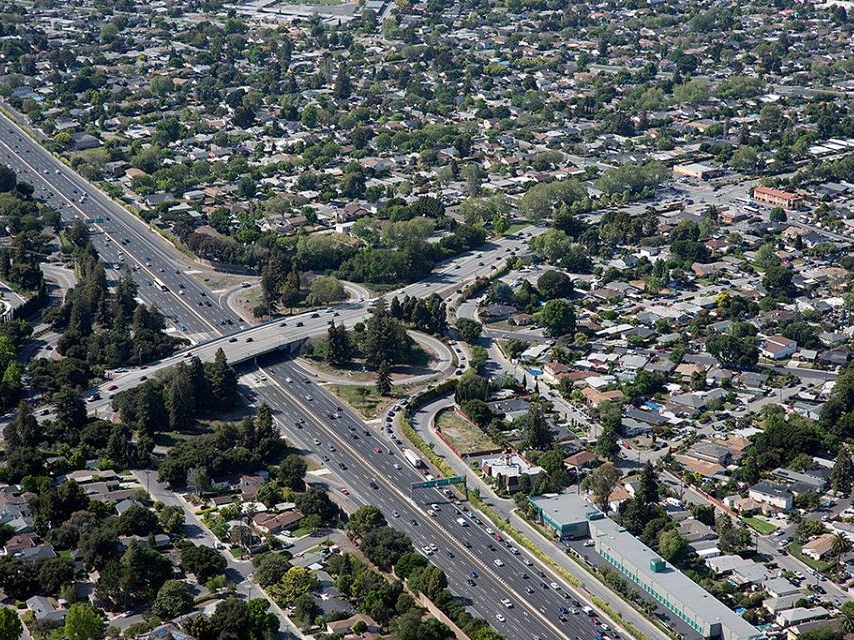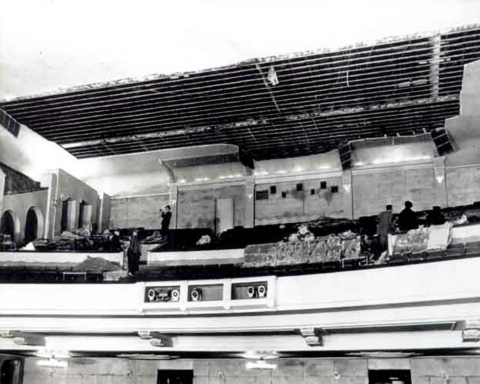San Mateo County – all 20 cities and the county – better gear up. Because it looks like the county is about to be overwhelmed.
Throughout the county, we are seeing an increased move to district elections. A valid case can be made — and more significantly, an indisputable legal case – that district elections mean more representation to those long shut out of the political process.
But district elections mean the slicing and dicing of representation. That is likely to mean a rise in highly localized politics driven by neighborhood-level, parochial interests.
It also is likely to mean increased influence of neighborhood associations as political brokers, which have not proven to be a consistently positive element of a city’s governance. Too often, elected officials who come out of neighborhood associations have limited scope, see their job as representing solely the interests of those who supported them and are deeply suspicious of city staff.
District elections are only going to mean more of the same – a narrow focus on a district’s issues at the expense of an understanding of citywide concerns. We’re seeing this already on the San Mateo County Board of Supervisors, where district elections have been in place for two election cycles and supervisors are focused much more closely on district issues.
As San Mateo County turns inward and smaller, the region is looking outward and larger. The region is going more regional while San Mateo County is going more local.
The most notable example, but not the only one, is the recent “nonbinding” vote by the Metropolitan Transportation Association to adopt a regional approach to housing.
The only real power directly in the hands of local government is land use. But a few leaders at a regional level think local cities have done too little to build housing and they want to take control of what they perceive, correctly, as a regional crisis.
Regional leadership, as you might expect, is dominated by San Francisco and San Jose, the two largest cities in the Bay Area. Both cities are known for their own internal political strife, but when it comes to asserting their regional interests, they have no problem uniting in a common cause, aided by the presence of a mayor, who can speak for the whole community.
The power structure of each city regards San Mateo County as a pass-through county, an obstacle that stands in the way of their own regional goals. San Jose and San Francisco each have long term plans for a major regional transportation hub and each have labeled their hub the “Grand Central Station of the West,” which gives you a flavor of their outsized ambitions.
Land use is not the only issue they want ruled regionally. Transportation is the other. That debate is playing out at Caltrain, where long-term planning could easily result in a regional transit authority that has sway over Caltrain, BART, the Capitol Corridor and Altamont rail systems and even the region’s local bus systems.
Should San Francisco and San Jose win the long-term battle, it is quite likely that Caltrain could make only a handful of stops in San Mateo County. The massive Google project adjacent to the Diridon Caltrain station in San Jose will only heighten the expectation in San Jose that Caltrain must be reoriented to serve its employees and its residents ahead of those quaint little stops in San Mateo County. And San Francisco. Well, San Francisco is always surprised by the presence of others.
Transit, even an electrified Caltrain, ultimately is a zero-sum gain. To add service somewhere, it has to be taken from somewhere else.
THE UNC0MMON NATURE OF COMMON INTERESTS: San Mateo County leaders long have been proud that its varying political jurisdictions have a history of working together. Because no single city dominates the county, everyone has to get along to get anywhere. Part of that consensus-building ability rests in respecting each city’s own interests.
The same leaders also bemoan the minimal regional impact of the county. This is, they say, because San Mateo County doesn’t have a mayor – a single, dominant political figure who can speak for the whole county through the news media and the regional political structure.
Well, I think it’s time for these same leaders to stop complaining and find a new way to do this.
The answer is to do it in that uniquely San Mateo County way – working together. There already are a couple of countywide entities – the City/County Association of Governments and the Council of Cities, each composed of a representative from each city.
And there are any number of other countywide entities – Home for All, the countywide housing initiative; the Grand Boulevard Initiative, which unites the common interests of cities on El Camino; SamTrans, the countywide transit agency; and the San Mateo County Economic Development Association, the voice of the county’s rapidly expanding business and economic interests.
Rather than wait for the election of a countywide mayor, which is never going to happen, the cities should decide on a regional strategy that best meets the common interests of each city, using one of these entities are creating a special countywide task force dedicated to asserting the county’s strategic needs regionally.
Because, let’s face it, there really is no significant difference between Redwood City, Burlingame, Belmont, Millbrae, South San Francisco or just about any other city, except in the minds of those who want to fight over nonexistent distinctions. The same kinds of people live in every city with the same kinds of concerns and interests.
And here’s the key: If this doesn’t happen, the region’s leaders are going to address those concerns and interests and they will do so in a manner that meets their own needs first.
Contact Mark Simon at mark.simon24@yahoo.com.
*The opinions expressed in this column are the author’s own and do not necessarily reflect the views of Climate Online.






